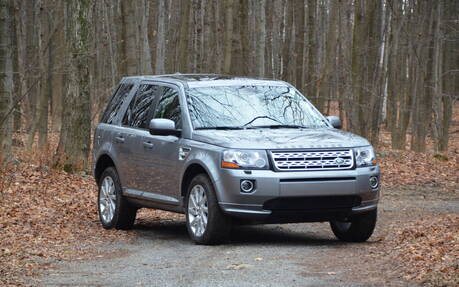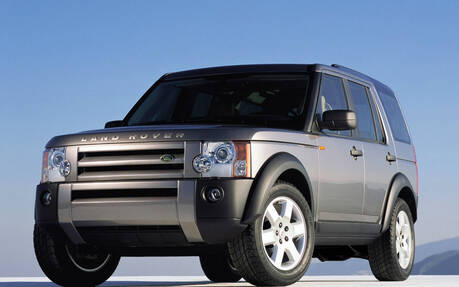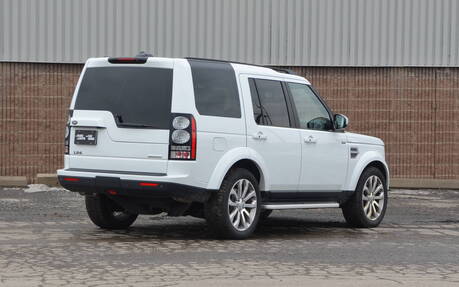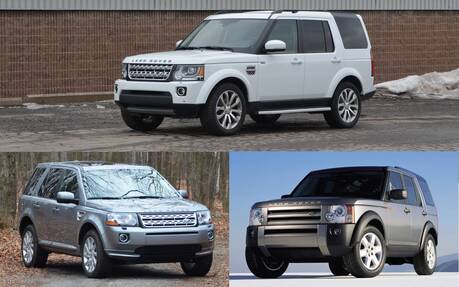Land Rover LR2, LR3 or LR4: What's the Difference?
The Land Rover line keeps evolving, but what doesn’t change is the excellence of their SUVs in terms of off-road performance. But it comes at a cost; a higher price to pay upon purchase and at the pump, but also when it’s time to do some maintenance. Indeed, you’ve probably heard that from us a few times: the English brand’s reliability record isn’t the best.
If you’re in the market for a pre-owned Land Rover, and particularly a cheaper, older model, the risk is even higher. However, it’s possible to find one that’s in good condition and suits your needs and budget.
- Also: 2023 Land Rover Range Rover: The Original Luxury SUV is Still Going Strong at 50
- Also: 2022 Land Rover Defender: Is the V8 Really Necessary?
Let’s wind the clocks back a few years, when Land Rover was selling the LR2, LR3 and LR4 SUVs in Canada. You can probably guess what these letters stand for, but how were these models different from each other? Here’s an explanation:
Land Rover LR2

A predecessor of today’s Discovery Sport, this compact SUV was previously called Freelander, but its name was changed for the 2007-2015 generation. It was Land Rover’s smallest model and didn’t enjoy all the features of its bigger brothers. However, its Haldex all-wheel drive and its Terrain Response system, which modifies torque distribution depending on the conditions, allowed it to be at ease in off-road driving.
Only one engine was offered: a 3.2-litre inline six-cylinder that was replaced in 2013 with a 240-horsepower turbocharged four-cylinder—pretty much the same one we currently have. As for cargo space, the LR2 could carry between 755 and 1,670 litres depending on the back seat’s position.
Land Rover LR3

This model known everywhere else in the world by the name Discovery was baptised LR3 in North America (and the Middle East) for its third generation, which spanned from 2004 to 2009. It was a mid-size SUV with a shape that was as angular as the rest of the line-up at that time. Its driving position was higher than the LR2 and its fenestration was much more generous.
Engine-wise, you could choose between a 4.0-litre V6 producing 210 horsepower, and a 4.4-litre V8 with 300 horsepower. Obviously, these are archaic options nowadays, both in terms of power and fuel consumption, but the all-wheel drive with the Terrain Response system and its multiple modes are likely to compensate for that in many people's minds. Regarding its carrying capacity, it ranged between 1,260 and 2,557 litres, so going on long trips and transporting renovation materials shouldn’t be a problem.
Land Rover LR4

Finally, if you’ve read the previous paragraphs, you can probably guess that the LR4 is nothing else than the fourth-generation Discovery, which was sold in Canada from 2010 to 2016. Its overall shape was very close to the LR3, but it had been updated with a new grille and other more modern style elements. Inside the cabin, five or seven-seater configurations were available.
Under the hood, you could still find the 4.0-litre V6, but the V8 had been increased to 5.0-litres, generating 375 horsepower instead of the previous 300. This engine was also powering the bigger Range Rover, and it gave the LR4 a similar ride. An adjustable suspension allowed its ground clearance to be raised or lowered on demand. For 2013, a new 340-horsepower supercharged 3.0-litre V6 was introduced, along with a more sophisticated eight-speed transmission. Able to tow up to 7,700 pounds (3,500 kg), this V6 gave consumers a good reason not to miss the retired V8.
